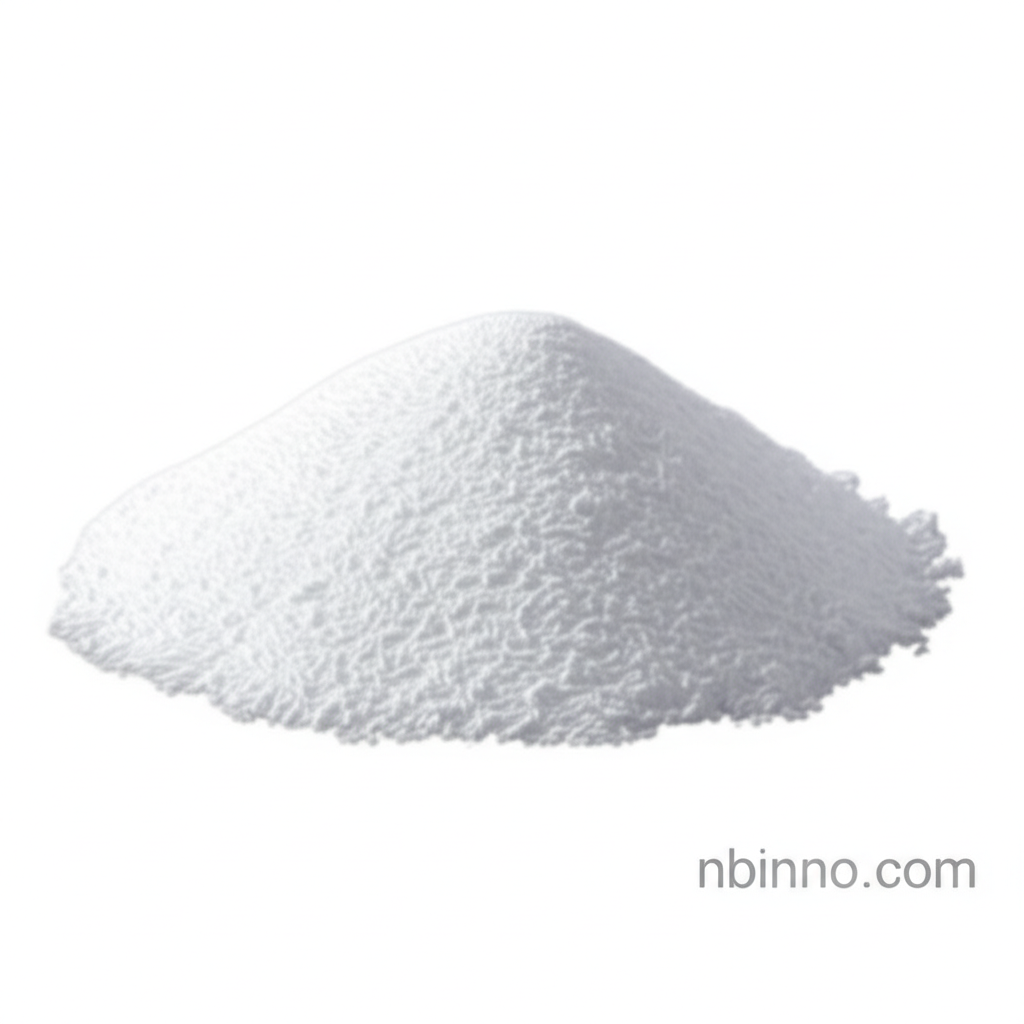Unlocking Chemical Synthesis: Exploring the Properties and Applications of 1H-Indole-2-methanol
Discover the essential role of 1H-Indole-2-methanol as a vital building block in modern chemical synthesis.
Get a Quote & SampleProduct Core Value

1H-Indole-2-methanol
1H-Indole-2-methanol is a crucial compound extensively utilized as a key intermediate in fine chemical synthesis and as a raw material for pharmaceutical production. Its unique structure and reactivity make it indispensable for creating complex organic molecules.
- Synthesis of indole derivatives is significantly streamlined with the use of 1H-Indole-2-methanol, making it a go-to for researchers.
- As a critical component in pharmaceutical raw intermediates, it supports the development of new therapeutic agents.
- The versatility in fine chemical synthesis allows for its application in a wide array of chemical processes.
- Understanding its chemical intermediate applications is key to leveraging its full potential in various industrial sectors.
Key Advantages Offered
Versatile Reactivity
The presence of both hydroxyl and indole functionalities allows for diverse chemical transformations, essential for organic synthesis building blocks.
High Purity
Typically supplied with a minimum purity of 97%, ensuring reliable results in sensitive reactions and contributing to successful pharmaceutical raw intermediates synthesis.
Broad Application Scope
Its utility spans across various fine chemical synthesis processes, demonstrating its adaptability and importance in chemical manufacturing.
Key Applications
Pharmaceutical Industry
Serves as a foundational material for the synthesis of numerous active pharmaceutical ingredients (APIs), playing a vital role in the development of new drugs and contributing to pharmaceutical raw intermediates.
Fine Chemicals
Used in the creation of specialty chemicals, custom synthesis projects, and various other organic compounds, highlighting its broad fine chemical synthesis utility.
Research and Development
An essential tool for chemists exploring new reaction pathways and developing novel molecules, supporting advancements in organic chemistry building blocks research.
Material Science
Potential applications in the development of new materials and functional molecules, leveraging its unique heterocyclic structure for advanced applications.
